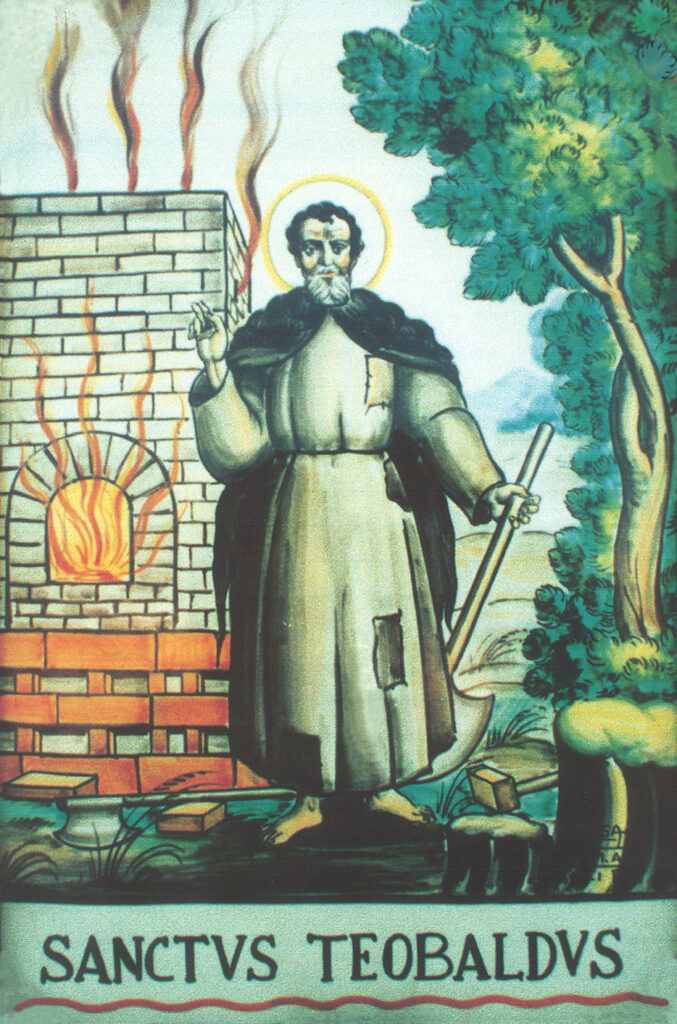History
Back in 1976, if I remember correctly, the Ministry of the Interior formed a committee to develop a fire prevention legislation that was in keeping with the times. They were members of the Administration, Industry, trade associations etc.
To frame the historical period, in the early 1970s, a fire in broken out in a nightclub in Grenoble had caused the death of about 120 guys. Then occurred, but already in the course of our work, the fire of Todi and others in France, Germany etc. up to that of the Statute of Turin, with other 60 victims, that is all the spectators of the gallery, killed by the gases that had instead spared all the spectators of the audience. In the meantime work had been done, and also well: in 1979 a Ministerial Circular was issued with all the test methods to organize a realistic and well articulated classification system, with assessments, for that time, based on a logic still valid today .
The series of methods CSEA 1/2/3 and ISO 1182 obtained information on ignition, propagation and other measures relating to parameters such as drip, post-combustion, damaged zone with propagation speed; together with an evaluation of the importance of each parameter, based on the logic of the experience of the Fire Department, expressed in points, produced an acceptable classification, for those times.
It must be admitted that, following the work of ISO TC92 and attending colleagues from all over the world, we have treasured the great work done in the international arena in those years. However, unlike the rest of the world, in Italy we have always taken into account the actual conditions of use of the products and we have always evaluated several parameters with the same test. We had not considered the fire behaviour of the products responsible for the misfortune of Turin: the upholstered furniture, at that time already widespread in all public spaces in place of wooden seats (those still present in speakers, for example). Ing. Tiezzi, legendary VVF Chief Inspector at the time, allowed no more than 6 months to develop an evaluation system that would stand from a logical and technical point of view, without having to return to the wooden seats. We were lucky: thank God, in England, the problem was in an advanced phase of study, with the use of a relatively small flame – 40 mm high. We started with a 20 second attack on the bare polyurethane, as a preliminary screening, then with 3 attacks at increasing time, 20, 80, 140 seconds on the complete model of foam with final coating to get three classes; the method is still used today with good success since we have not had more fires with deaths in cinemas and clubs because of the upholstered furniture since then.
In other areas of fire prevention (from the point of view of reaction to fire) we have also continued to make progress, always following the work of ISO TC92 and then of CEN, under mandate from the Brussels Commission. In the 80’s Vyto Babrauskas developed at the NIST (National Institute of Standards & Technology), the calorimetric cone for the measurement of the trend of the release of heat (in other words for the monitoring of the evolution of the power of combustion) later also applied to half-scale and full-scale methods. The use of calorimetry, combined with other measures such as propagation speed and the production of smokes and toxic gases, already allows good modelling work, on condition of using actual data relating to the products used and not literature data, that are unfortunately not reliable and appropriate.

Silvio Messa
Direttore della ricerca
L.S. Fire conducts with the Ministry of the Interior the pre-normative research for the current method UNI 9174 (ex CSE RF 3/77), UNI 8456 and 8457 (ex CSE RF 1/75/A and CSE RF 2/75/A), and ISO 1182 (incombustibility).
L.S. Fire directs the project for the development of the method for upholstered furniture UNI 9175 (ex CSE RF 4/83) and the chamber for the measurement of smokes ISO 5659-2.
L.S. Fire carries out studies for the development of ISO TR 5924 and ASTM E 662 standards aimed at measuring the loss of transmittance within the "Liprando" program.
L.S. Fire directs the program "Judgment of God" related to the study on the reliability of small forest pine stacks (CRIB) as secondary ignition sources in the assessment of ignition and classification of upholstered furniture.
EUREFIC
L.S. Fire participates in the EEC-funded EUREFIC project on testing methods on walls and ceiling coverings in the Nordic countries.
L.S. Fire directs the international experimental research program "CARLOMAGNO" for the development of a system of evaluation of "reaction to fire" of building products, based mainly on the use of the cone calorimeter.
L.S. Fire participates in the project "CBUF" funded by the EEC, about the fire behaviour of upholstered furniture.
L.S. Fire directs the "ALESSANDRO VI" project for the evaluation of toxicity indexes in different ventilation conditions.
PROGETTO "BELFAGOR"
L.S. Fire directs "BELFAGOR", a European pre-normative research program funded by the EEC with the aim of supporting the design of upholstered furniture made not to ignite exposure to different fire models.
PROGETTO "ROLAND"
L.S. Fire directs the project "ROLAND" financed by the European Commission, conducted with Associations and European industries of the building sector.
This method conceived by L.S. Fire. allows to measure the ignition time, the propagation of the fire on the surface in various directions, the amount of heat produced by combustion and the opacity of the smokes produced.
L.S. Fire directs the project "SAFIR": Smoke gas analysis by Fourier transform infrared spectroscopy financed by the EEC, on the study and development of the FTIR analysis technique in relation to the application in the field of reaction to fire.
L.S. Fire participates in the EEC-funded project "FIPEC" which concerns the reaction to fire of the properties of cables on the European market.
L.S. Fire directs with LNE the railway project "FIRESTARR", jointly financed by the European Commission and the industry, aimed at drafting part 2 and part 7 of the European standard EN 45545.
The EEC assigns to L.S. Fire the scientific and experimental direction of the "TRANSFEU" programme with the aim of developing an efficient method of European surface transport standardization (rail sector).
L.S. Fire participates in CEMAC, CE marking of Cables (CE marking of Cables), a project that contributed to the development of the harmonised CE marking requirement, improved testing standards, developed procedures for the extended application of test results, EXAP, and contributed to a large test database.
The Central Management for Prevention and Technical Safety of the Department of Fire Brigades has signed a research agreement with L.S. Fire, in which he intended to study and test a medium-scale test method on a Composite System of External Thermal Insulation (ETICS).
L.S. Fire gives rise to the project aimed at identifying a source of fire and smoke based on liquids, that is repeatable, reproducible and that allows the evaluation of a fire detection system (detection).
L.S. Fire develops a method to verify the constancy of the production of electrical cables, based on the qualitative and quantitative analysis of the effluents of the fire. The method uses FTIR technology to compare different productions of the same article.

